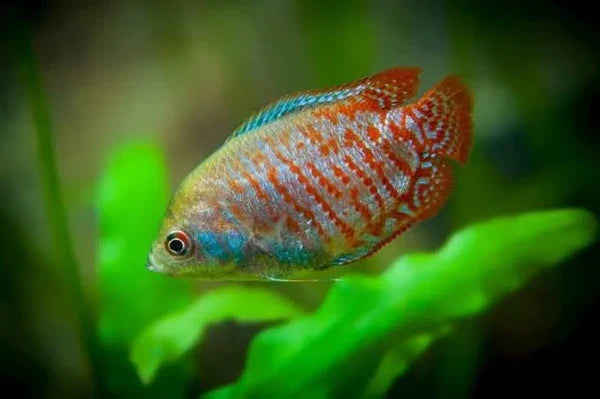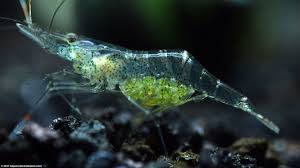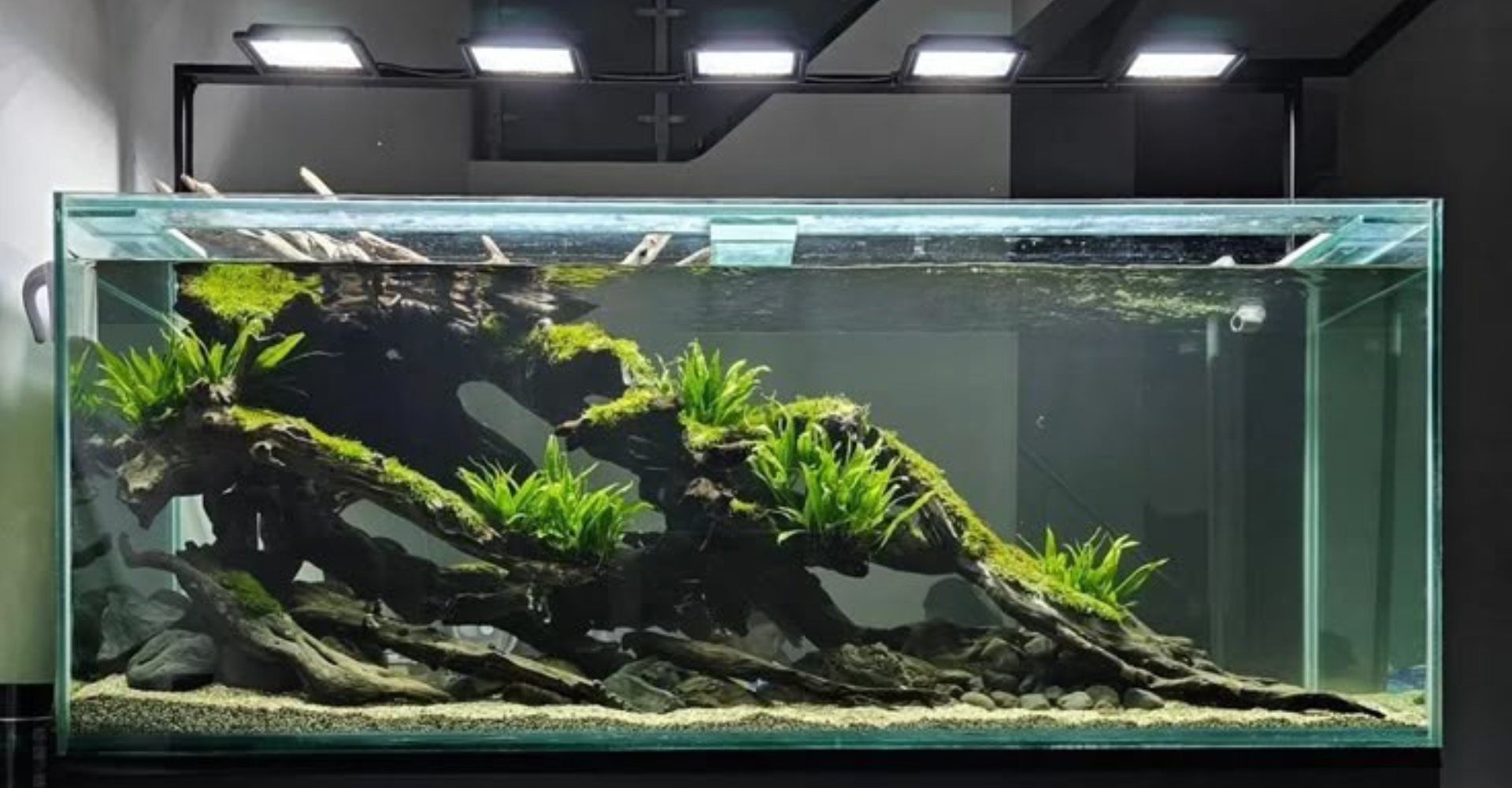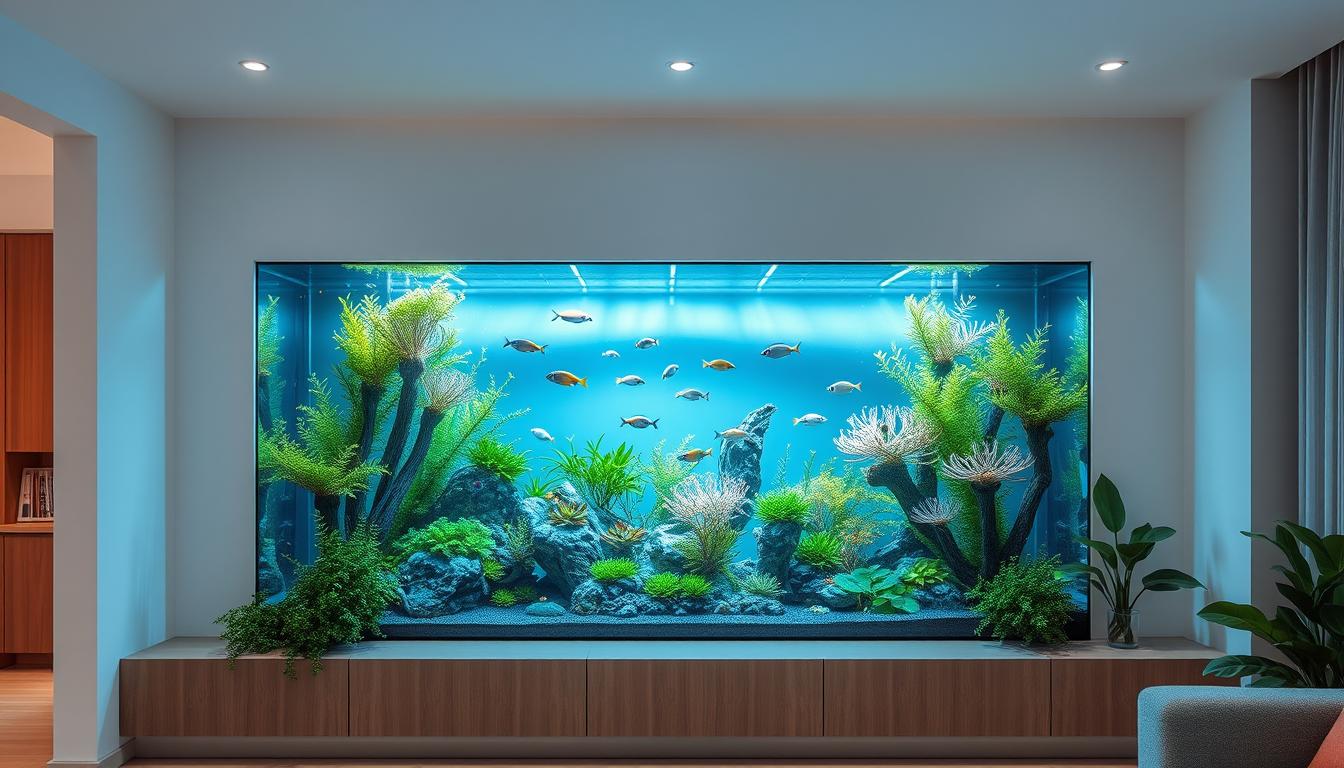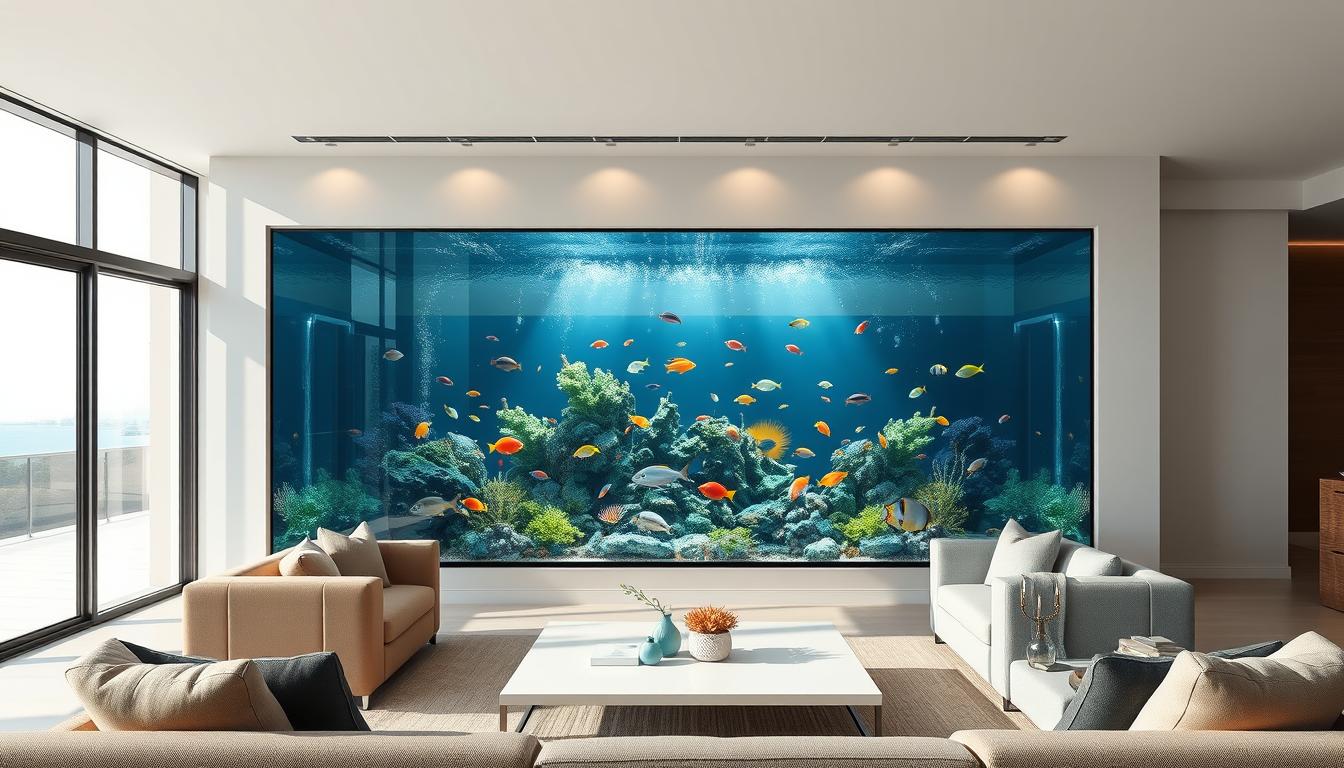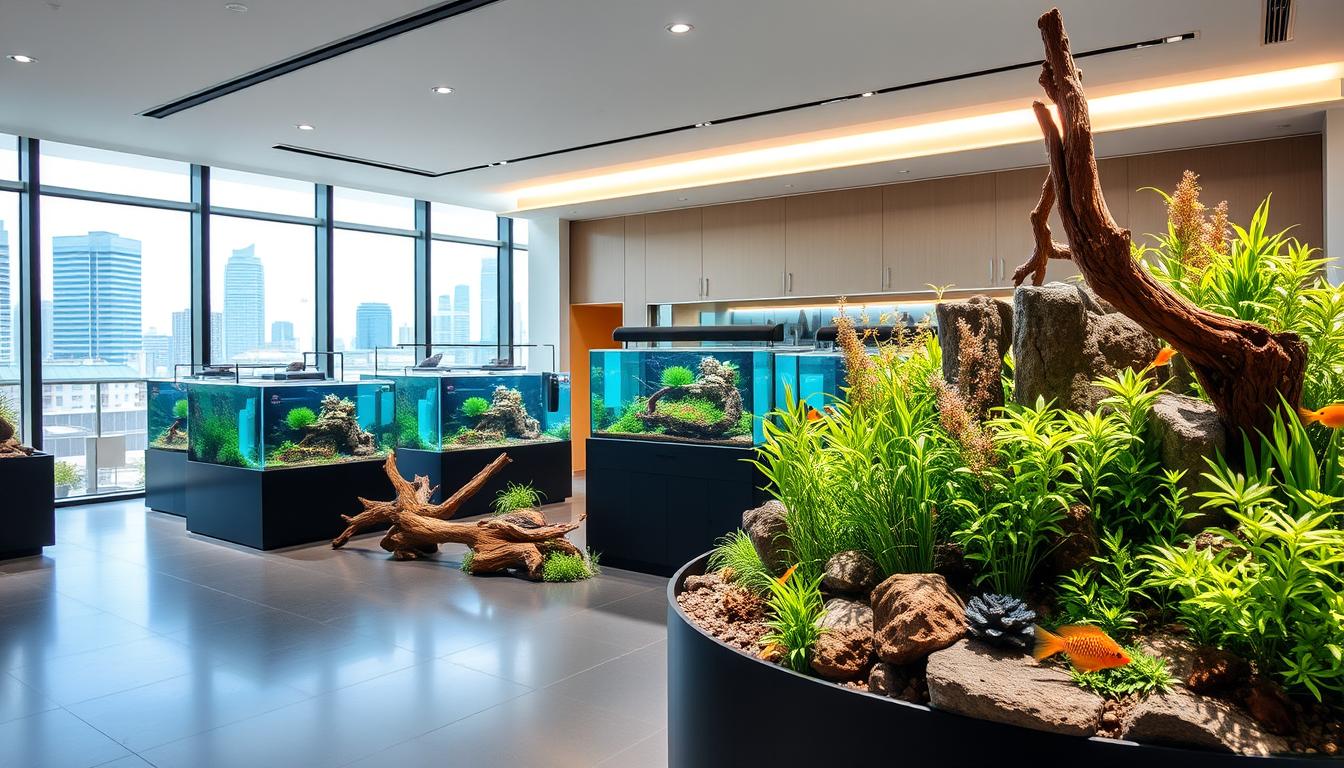Aquatic snail species have become the talk of the tank with their intriguing nature. From being hailed as the heroes of algae control to posing a challenge as unwelcome guests, aquatic snails have a diverse reputation.
But let me assure you, dear reader, that snails offer more than meets the eye. They boast a dazzling array of sizes, colors, and captivating behaviors, making them true marvels of the underwater realm. Contrary to popular belief, not all snail species are notorious breeders, dispelling the myth that they'll overrun your aquarium overnight.
In this guide, we'll unravel their secrets, delve into their unique care requirements, and equip you with the knowledge to make informed choices when introducing these delightful creatures to your tank. So, get ready to dive into the wonders of this type of aquarium snail!
The “good” snail.
There is no such thing as a "bad" snail. Each species plays a role in the aquarium ecosystem, although sometimes with undesirable results. Snails are adept at cleaning tanks by gobbling up algae, uneaten food, and rotting plants. Take, for example, the Malaysian trumpet snail (MTS), which diligently burrows in the substrate to prevent compaction and anaerobic conditions.
Furthermore, snails have recently been recognized as charming pets. Their vibrant colours, intricate patterns, and unique shapes make them beautiful additions to any aquarium, adding an element of charm and enchantment.
Potential challenges.
While all species of snails have their merits, some can pose a challenge by multiplying rapidly and becoming dominant in the tank. The sight of hundreds, even thousands, of snails invading your aquarium can make you nervous.
Some apple snails (Pomacea) can be voracious herbivores, capable of wreaking havoc in planted aquariums in the short term. In certain areas, these apple snails even cause crop damage after being accidentally introduced into the wild. However, most apple snails found in the aquarium peacefully coexist with plants.
How to keep snails from appearing unexpectedly in your aquarium?
It is important to realize that snails only enter your aquarium through human intervention. You may be surprised to see snails appear with no intention of buying. Unwanted snails often enter aquariums via hitchhiking eggs or young clinging to plants, decorations, or even gravel transferred between tanks.
Snail eggs are often transparent and difficult to detect, often clinging to the underside of leaves. The tiny hatchlings of species such as scarab beetles and snails can easily hide, especially among small leafy plants. Thankfully, there are methods to get rid of snails and their eggs, which we will discuss further.
Apple snail.
Also known as the Inca snail, the apple snail (Pomacea spp.) is a common apple snail among aquarists. These peaceful snails can live up to 4 years, reaching just over 1½ inches in diameter. Their vibrant bodies are usually black or pink orange with neon orange spots near the head. The peel comes in a variety of colours, including fawn, olive, sepia, white, golden yellow, or blue.
You can’t distinguish the apple snail from the mystery snail. Read Apple Snail vs Mystery Snail: Know the Differences to have news information about them.
Nerite snail.
Nerite snails are excellent algae eaters and also eat fish leftovers, dead vegetation and other debris. They come in a variety of colours and patterns, some even have distinctive horns! Of all the snails in the aquarium, Nerites are considered to be one of the most attractive looking. They are relatively small, do not eat plants, and their waste contains bacteria that are beneficial to the shrimp's digestive tract. Therefore, they are ideal for aquariums and shrimp ponds.
Although Nerite snails breeding is not complicated, the larvae need brackish or salt water to grow. Therefore, there is little risk of them overloading your aquarium. These snails are said to live for at least 3 years, with some hobbyists reporting up to 5 years. The remarkable thing is that they tend to crawl out of the water, so make sure your tank has a sturdy lid!
You want to know clearly about “unique appearance snails” like Nerite snails, they not only make your tank more gorgeous but also help eat algae, and we can’t deny they are the most popular freshwater snails. You can find more information through this blog here: ANTI - ALGAE IN YOUR AQUARIUM TANK - NERITE SNAILS (YOU SHOULD KNOW SOONER)Ramshorn snail.
Ramshorn snails have been part of the aquarium hobby for a long time. Some aquarists appreciate them for their ability to keep their fry or shrimp aquariums clean, while others consider them pests that need to be eradicated. These snails excel at consuming soft algae, dead plant matter, and leftovers. However, they can multiply quickly, especially in aquariums with lots of organic debris. When food is scarce, they may also nibble on soft leaves.
While great Ramshorn snails are intentionally introduced to control algae and maintain tank cleanliness, the Red Ramshorn usually occurs naturally. They regularly enter the tank as small individuals or hitchhiked eggs on live plants, rocks, driftwood, decorations or even transferred gravel. Sudden population explosions are often the result of an accumulation of organic waste and debris.
Unveiling the Enigmatic Beauty: Discovering the World of Ramshorn Snails
Malaysian trumpet snail.
When it comes to fertility, these small cone snails are incredibly fertile. They reproduce parthenogenetically, which means that females can produce more offspring without coming into contact with males. This breeding strategy allows a single hitchhiker to establish a thriving population that is nearly impossible to exterminate once they enter your aquarium.
On a positive note, MTS actively forages in the substrate, aerating it and breaking down organic debris to prevent the development of the lethal hydrogen sulphide gas. They are excellent scavengers for grow-out aquariums, shrimp tanks, and large feeders or feeders.
Completely removing MTS from your aquarium is a big challenge. However, you can control their numbers by reducing feeding and regularly vacuuming the ground to deprive them of their food source.
We write a lot of articles about the type of snail, fish tank snails, and Malaysian Trumpet Snail is no exception. They are experts in eating algae and we have a case study about 101 SECRET ABOUT THE MALAYSIAN TRUMPET SNAIL YOU CAN NOT MISS IT OUT. So you think you don’t need to read that article? The good news is you should read them at least once (I bet maybe twice), because that is all the information you need in only an article.
Rabbit snail.
Rabbit snails are gaining popularity due to their larger size, attractive colours and "rabbit-like" faces. Some species can grow up to 4 inches long and can live up to 3 years. Rabbit snails thrive in aquariums 20 gallons or more, preferring warmer temperatures (76° - 84°F) and slightly alkaline water with a pH between 7.8 and 8.4. To achieve the ideal water chemistry, some aquarists put crushed coral in gravel or put it in their filter.
Rabbit snails mainly feed on soft algae, dead plant matter and other debris. However, they also accept sinking pellets, algae plates and other fish foods that sink to the bottom. Although they usually leave plants alone, occasional reports of gnawing Java Ferns have been reported.
Rabbit snails give birth to live, fully developed young, enclosed in a milky white egg. Usually, babies are born one after the other, sometimes two or three. They produce eggshells every 4 to 6 weeks, resulting in a slow reproduction rate.
Assassin snail.

Native to Southeast Asia, Killer snails (Clea helena) have become popular among aquarists due to their knack for devouring other snails. As natural predators, they offer an effective method for reducing nuisance snail populations. These snails are about 1 inch long and have alternating yellow and dark brown "was" stripes. They tend to burrow in the substrate but quickly emerge to forage.
Unlike most types of aquarium snail, which are mainly herbivores or omnivores, Killer snails are carnivores, mainly hunting other snails or carrion. However, they do not consume their kind, even when other food sources are scarce.
Killer snails can breed in captivity. Being gonochoristic means you will need at least 5 or 6 snails to ensure you have both males and females for successful breeding. Reproduction is slow, the female lays only 1 to 4 eggs at a time. Transparent and hard to detect, the eggs hatch in 8 to 9 weeks, depending on the temperature.
Time to choose!
Now that you know all the best aquarium snails, it's time to decide which one you like best.
We're snail fans at the Micro Aquatic Shop and we can't stop praising our snails. They are adorable, fun, and very engaging to watch!
When you combine those benefits with ease of care, there's no downside to choosing one of these aquatic snail species. Unless you already have an incompatible tank mate (anything that eats snails), there really shouldn't be anything holding you back.
After all, experimenting with different creatures is part of what makes owning an aquarium so enjoyable in the first place. By adding some type of aquatic snail to your tank with any of the freshwater snails on our list, your tank will get a whole new boost.







